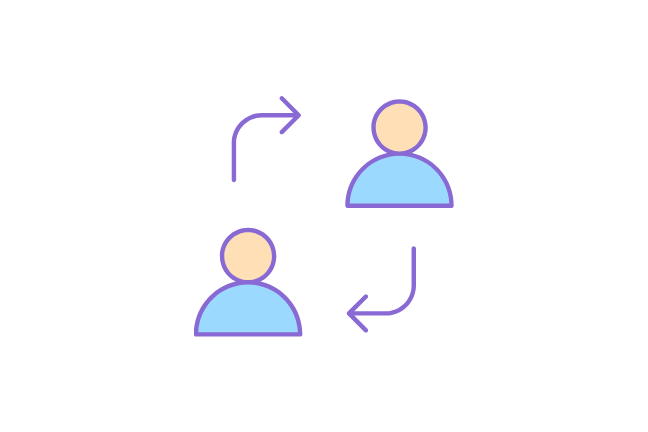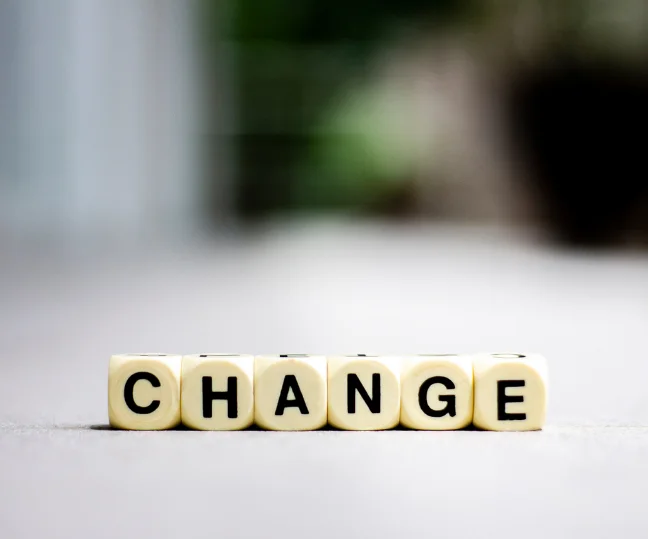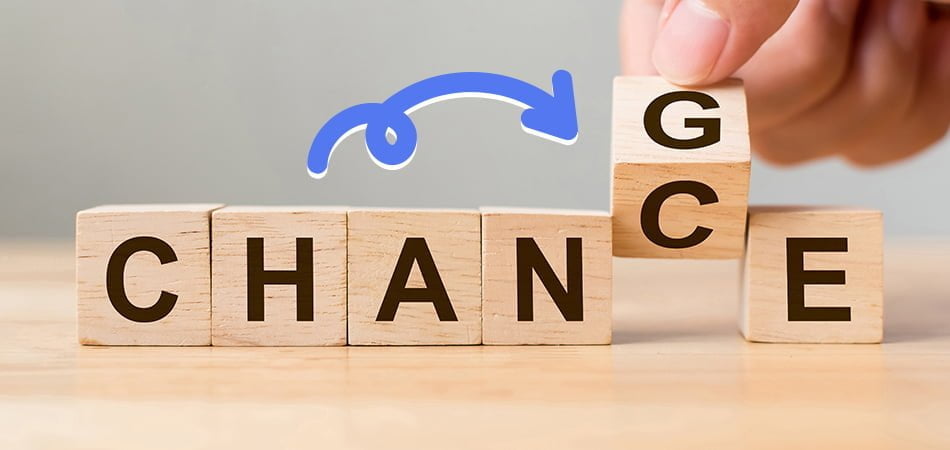In today’s rapidly evolving business ecosystem, it is more important than ever for organizations to have a solid change management strategy in place. While there are quite a few change management models in the industry, it is not always easy to pick the one that is right for your company. This article will explore the most popular change management models to help you decide which one is best for your business in 2025 and beyond.
What are Change Management Models?
Organizations can follow numerous change management models to ensure a successful transition during periods of change. Nothing has caused as dramatic a change as the pandemic. Companies worldwide have had to up their game and move into a digital-first space, experiencing disruptions to their operations in one form or another. The ones that weathered the storm well used a change management model to ensure their companies moved smoothly through the transition. The most common and recognized models are the Lewin Change Management Model, Kotter’s 8-Step Change Model, and Bridges’ Transition Model.
Lewin Change Management Model
The Lewin Change Management Model offers a three-step process that includes unfreezing, changing, and refreezing. Kurt Lewin’s model to manage change is named after its originator, who developed this model in 1955. The stages of the model are:
- Unfreeze: Before the action stage, analyze how things are now, so you make sure to change it a certain way. Tell employees what’s happening and make them understand.
- Change: Change is the implementation phase. Put it into practice, and provide support for all employees who are involved.
- Refreeze: You should not assume that because your change is working well so far, it will continue to work in the same way. To ensure your old habits don’t resurface, devise a plan for reviewing the change and reassessing goals.
Kotter’s 8-Step Change Model
Kotter’s 8-Step Change Model is another popular change management model. This model includes eight steps:
- Creating a sense of urgency.
- Forming a guiding coalition.
- Developing a vision and strategy.
- Communicating the vision.
- Empowering employees to act on the vision.
- Planning for and implementing changes.
- Monitoring progress.
- Sustaining momentum.
Kotter’s process identifies hesitant individuals who get buy-in through involvement in the process and transparency. The strategy is popular among change management models because it involves everyone and executes changes as a group.
Related Articles: Implement Powerful ITSM Integrations with Infraon
McKinsey 7s Model
McKinsey & Company consultants developed The McKinsey 7s model to help organizations focus on seven critical areas for change management:
- Change strategy – involves outlining a clear plan for the change process.
- Structure – meaningful information about your company and its structure.
- Business systems and processes – learning their practice.
- Shared values and company culture – Company values are some of the most critical aspects of building a happy workplace environment.
- Staff involvement and engagement.
- Staff skills and ways to learn new skills, including upskilling or teaching new skills
- Breaking down organizational change to ensure you don’t miss any important factors. It helps to categorize the main stakeholders and break down their needs.
Companies use this model to align departments and processes. If one element changes, the change will affect other elements. When changes are made because a company has grown rapidly, one way to help maintain stability is to use the 7s model.
Bridges’ Transition Model
Bridges’ Transition Model is designed to help individuals deal with the psychological aspects of change. This model includes four stages:
- Ending.
- Letting go.
- Neutral zone.
- New beginning.
The first stage, the ending, is when people come to terms with the fact that change is necessary. The second stage, letting go, is when people release their attachment to the past and begin to let go of their old ways of doing things. The third stage, the neutral zone, is a transition period where people adjust to the new changes. The final stage, the new beginning, is when people fully embrace the latest changes and move forward with their lives.
ADKAR Model
The ADKAR model transforms five main goals for a change management process:
- Awareness where everyone in your organization understands the need for change
- Desire where everyone in your organization actively wants a change.
- Knowledge where everyone is provided information so they can contribute their part towards the change process
- Ability where your employees are provided with the skills and training required to implement the change process successfully
- Reinforcement is where you actively work with employees and stakeholders to develop a new performance culture.

Why Change Models are important?
Change models are essential because they help organizations plan for and manage change effectively. They can help organizations better understand the process of change and ensure that changes are implemented effectively.
Many different change models have been developed over the years, each with its own strengths and weaknesses. Each model has its unique approach to managing change, but all share some common elements that help drive change effectively.
In a fast-moving business world, implementing an effective change management model will help your business retain a competitive edge and adapt to changes within your industry.
Characteristics of Change Management Models
There are several different types of change management models to consider when implementing changes within an organization. It may not be easy to decide which one is right for your organization, which is why we have made up a list of change management models, with each one’s pros and cons.
ADKAR Model
The ADKAR Model is a popular choice for change management, as it is simple and easy to understand. The model is also highly adaptable, making it a good choice for organizations undergoing lots of changes. However, one downside of the Prosci ADKAR Model is that it doesn’t take into account the emotions of those going through the transition.
Kotter 8-Step Change Model
The Kotter 8-Step Change Model is another popular choice for change management. This model is designed to be implemented in phases, making it easier for organizations to manage the change process. The Kotter 8-Step Change Model also considers the emotions of those going through the change, which can help ensure employees are engaged with the process. However, one downside of this model is that it can be time-consuming to implement.
Lewin Change Theory
The Lewin Change Theory is another popular model for change management. This model focuses on three main stages of change: unfreezing, changing, and refreezing. The Lewin Change Theory is helpful in that it provides a framework for organizations to follow when implementing change. However, the downside of this model is that it doesn’t take into account the emotions of those going through the transition.
Bridge Model
The Bridge Model is yet another popular choice for change management because it helps organizations to transition from their current state to their desired future state. The Bridge Model takes into account the emotions of those experiencing the change, which can help ensure employees are engaged with the process. This model can be challenging to implement if you don’t have a clear vision for your desired future state.
Related Articles: How an integrated ITSM and ITOM platform can help you accelerate it
Change Management strategies to consider
One popular strategy is adopting the Kotter Model. This model was developed by John Kotter, a professor at Harvard Business School. The Kotter Model focuses on creating a sense of urgency, developing a guiding coalition, creating a vision, communicating the vision, empowering employees to act on it, and planning for and making changes.
Another popular change management strategy is known as the Lewin Model, developed by Kurt Lewin, a German-American social psychologist. The Lewin Model focuses on unfreezing, changing, and refreezing. Unfreezing refers to the process of breaking down old ways of doing things. Changing refers to the implementation of new ways of doing things. Refreezing refers to the process of solidifying new ways of doing things so that they become the new norm.
These are just two of the many different change management strategies that organizations can consider when implementing change. Each organization is unique and will need to select the strategy or strategies that best fit its needs.
Taking the employees into account when implementing change shows them that they are worth your time and efforts. The change management frameworks emphasize that you should keep them in the loop and consult their opinion during the process. There’s not one change management methodology that is best for every situation. Instead, you need to learn about each one to find the one that works best for your business needs or take elements from each that work for your circumstances.
Conclusion
There is no one-size-fits-all answer when it comes to change management models, as each organization is unique and will require a different approach. However, the models we have outlined in this article are some of the most popular and effective currently being used. So, if you’re looking to implement a change management model in your organization in 2025 and beyond, these are some great options to consider.














